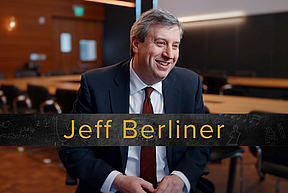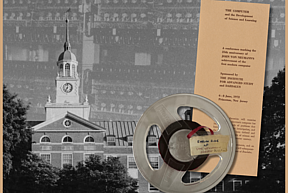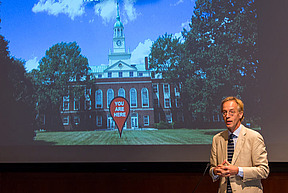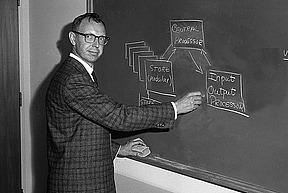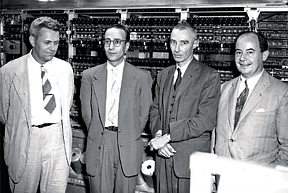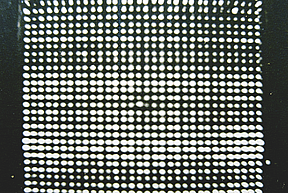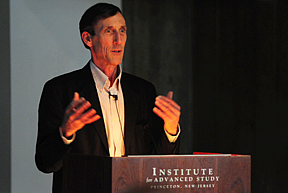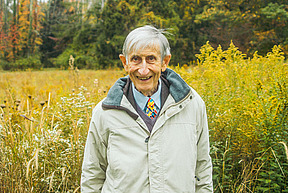Electronic Computer Project (ECP)
Electronic Computer Project (ECP)
Starting in late 1945, John von Neumann, Professor in the School of Mathematics, and a group of engineers worked at the Institute to design, build, and program an electronic digital computer—the physical realization of Alan Turing’s Universal Machine, theoretically conceived in 1936. In the words of George Dyson, author of Turing's Cathedral, the stored-program computer broke the distinction between numbers that mean things and numbers that do things.
